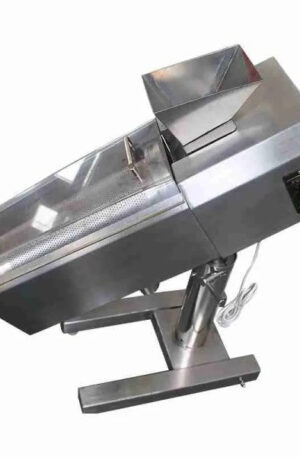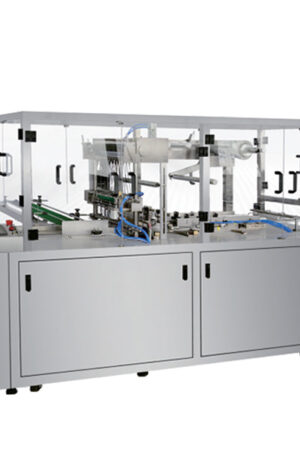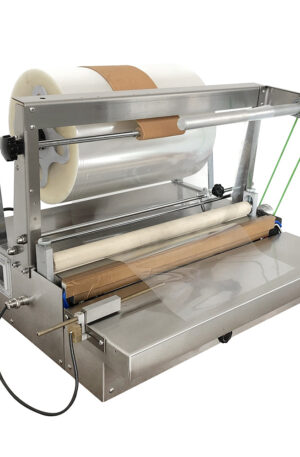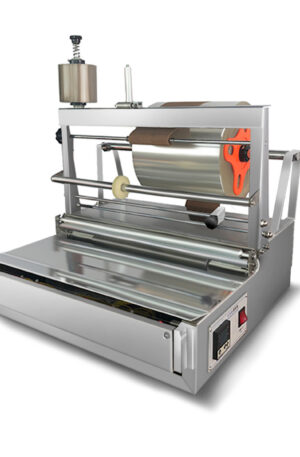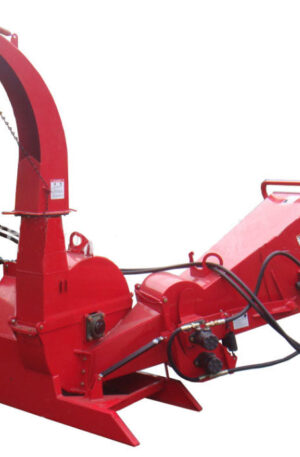Title: “Revolutionizing Pharmaceutical Production: The Role of Pharmaceutical Machinery”
Pharmaceutical machinery plays a critical role in the manufacturing process of medications, contributing to the efficiency, precision, and safety of drug production. Among the essential equipment used in pharmaceutical manufacturing are tablet press machines and capsule filling machines.
Tablet press machines, also known as tablet compression machines, are widely used in the pharmaceutical industry to compress powder formulations into tablets of various shapes and sizes. These machines utilize mechanical or hydraulic pressure to compact the powdered ingredients into solid dosage forms. One common type of tablet press machine is the TDP (Tablet Press Direct) model, which is designed for small to medium-scale production. On the other hand, the THDP (Tablet High-speed Direct Press) machine is a high-speed tablet press that offers increased production capacity and efficiency.
Capsule filling machines are another indispensable piece of equipment in pharmaceutical manufacturing. These machines are designed to fill empty gelatin or vegetarian capsules with powdered, granular, or liquid formulations to create oral dosage forms. Capsule filling machines ensure accurate dosing and uniformity of drug content in each capsule, enhancing the pharmaceutical product’s quality and efficacy.
The integration of advanced technologies such as automation and robotics has further revolutionized pharmaceutical machinery. Automated tablet press machines and capsule filling machines improve production efficiency by reducing manual labor, minimizing errors, and increasing output rates. Robotics play a crucial role in handling and transporting materials, loading and unloading products, and performing quality control checks during the manufacturing process.
Moreover, data analytics have become instrumental in optimizing pharmaceutical production processes. By collecting and analyzing data from pharmaceutical machinery, manufacturers can identify trends, detect anomalies, and make informed decisions to enhance product quality and operational efficiency. Real-time monitoring and predictive maintenance capabilities provided by data analytics help prevent equipment malfunctions and downtime, ensuring continuous and uninterrupted drug manufacturing.
In conclusion, pharmaceutical machinery, including tablet press machines, capsule filling machines, and advanced technologies such as automation, robotics, and data analytics, plays a pivotal role in revolutionizing pharmaceutical production. These innovative tools and equipment contribute to the development of high-quality medications, streamline manufacturing processes, and ultimately improve patient outcomes. As the pharmaceutical industry continues to evolve, the importance of investing in state-of-the-art pharmaceutical machinery cannot be overstated.
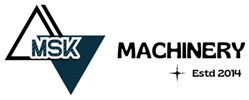
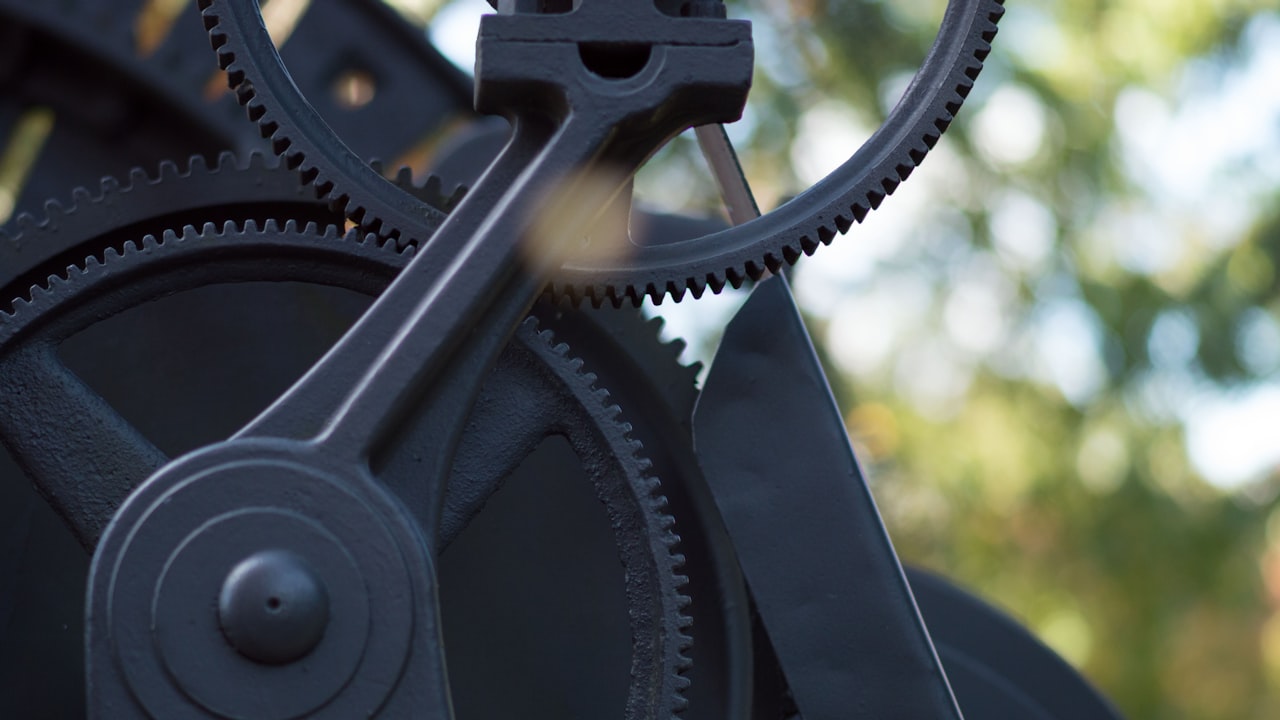 Title: Exploring the Advancements in Pharmaceutical Machinery
Title: Exploring the Advancements in Pharmaceutical Machinery Title: “Revolutionizing Pharmaceutical Production: The Role of Pharmaceutical Machinery in Modern Manufacturing”
Title: “Revolutionizing Pharmaceutical Production: The Role of Pharmaceutical Machinery in Modern Manufacturing”